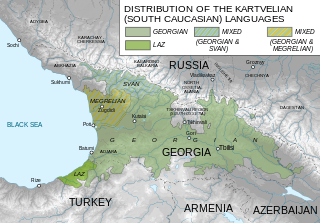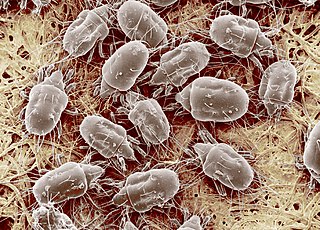Related Research Articles
Elem Germanovich Klimov was a Soviet Russian filmmaker. He studied at the Gerasimov Institute of Cinematography, and was married to film director Larisa Shepitko. Klimov is best known in the West for his final film, 1985's Come and See, which follows a teenage boy in German-occupied Byelorussia during the Great Patriotic War and is often considered one of the greatest war films ever made. He also directed dark comedies, children's movies, and historical pictures.

The Klimov RD-33 is a turbofan jet engine for a lightweight fighter jet that is the primary engine for the Mikoyan MiG-29 and CAC/PAC JF-17 Thunder. It was developed in OKB-117 led by S. P. Izotov from 1968 with production starting in 1981. Previous generations of Russian supersonic fighters such as the MiG-21 and MiG-23 used turbojets, but western fighters such as the F-111 and F-4K introduced the use of afterburning turbofans in the 1960s which were more efficient. The RD-33 was the first afterburning turbofan engine produced by the Klimov company of Russia in the 8,000 to 9,000 kilograms-force thrust class. It features a modular twin-shaft design with individual parts that can be replaced separately.

The Acaridae are a family of mites. Common forms include some mold mites, for example the grain mite. Genera in the family include:

The Kartvelian languages are a language family indigenous to the South Caucasus and spoken primarily in Georgia, with large groups of native speakers in Russia, Iran, the United States, Europe, Israel, and northeastern parts of Turkey. There are approximately 5.2 million speakers of Kartvelian languages worldwide. The Kartvelian family is not known to be related to any other language family, making it one of the world's primary language families. The first literary source in a Kartvelian language is the Old Georgian Bir el Qutt inscriptions, written in ancient Georgian Asomtavruli script at the once-existing Georgian monastery near Bethlehem, which dates back to c. 430 AD.
Fagacarus is a genus of mites in the family Acaridae. It contains a single described species, and at least two undescribed species. Fagacarus species feed on fungi in decaying wood.

Caloglyphus is a genus of mites in the family Acaridae.

Sancassania is a genus of mites in the family Acaridae that contains more than 80 different species.
Schwiebea is a genus of mites in the family Acaridae.

Thyreophagus is a genus of mites in the family Acaridae.
Viedebanttia is a genus of mites in the family Acaridae.
Bembidioglyphus is a genus of mites in the family Acaridae.
Boletoglyphus is a genus of mites in the family Acaridae.
Capillaroglyphus is a genus of mites in the family Acaridae.
Horstiella is a genus of mites in the family Acaridae.
Mezorhizoglyphus is a genus of mites in the family Acaridae.
Mycetosancassania is a genus of mites in the family Acaridae.
Paulacarellus is a genus of mites in the family Acaridae.

Ksenia Andreyevna Stolbova is a retired Russian pair skater who skated with Andrei Novoselov and Fedor Klimov. She is the 2014 Olympic silver medalist, the 2014 Olympic champion in the team event, the 2014 World silver medalist, a three-time European medalist, the 2015–16 Grand Prix Final champion, the 2013 Winter Universiade champion, a two-time World Junior medalist, and a three-time Russian national champion. Stolbova announced her retirement from competitions on 12 February 2020.

Fedor Alexandrovich Klimov is a retired Russian pair skater. With partner Ksenia Stolbova, he is the 2014 Olympic silver medalist, the 2014 Olympic champion in the team event, the 2014 World silver medalist, a three-time European medalist, the 2015–16 Grand Prix Final champion, the 2013 Winter Universiade champion, a two-time World Junior medalist, and a three-time Russian national champion.

Tyrophagus putrescentiae is a cosmopolitan mite species. Together with the related species T. longior, it is commonly referred to as the mould mite or the cheese mite. The name translates from Greek to something like "putrid cheese eater."
References
- ↑ Barry O'Connor, ed. (2008). "Acaridae Species Listing". Biology Catalog. Texas A&M University . Retrieved July 26, 2010.